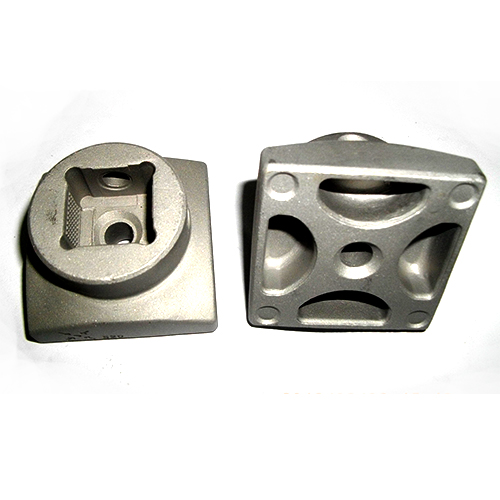What are the common difficulties in stainless steel precision casting processing
Common metal types are cast iron and cast steel. Metal cores and sand cores can be used for casting the inner cavity. The metal structure includes horizontal parting, heavy direct parting, compound parting, and so on. Longitudinal parting is mostly used to make thin-walled wheel-shaped castings, while the lower half is mainly used for casting thin-walled wheel-shaped castings; the first half is vertical parting, the two halves are connected by hinges, and the lower half is a fixed horizontal base plate .
1. Stainless steel precision casting is easy to stick to the knife: no matter what kind of stainless steel has the characteristics of tough chips and high cutting temperature during processing.
In the casting process, the precision casting shrinkage of stainless steel greatly exceeds that of cast iron. In order to prevent shrinkage cavities, shrinkage porosity and other defects, risers, chilled iron, subsidies and other measures are mainly adopted in casting. What are the difficulties of precision casting stainless steel processing?
2. Tool wear is accelerated. Materials generally contain high melting point elements, have high plasticity, high cutting temperature, and accelerate tool wear. Frequent tool sharpening and tool change will affect production efficiency and increase tool cost.
3. Large cutting force and high cutting temperature: This type of material has high strength, large tangential stress and large plastic deformation during cutting, so the cutting force is large. In addition, the thermal conductivity of the material is poor, and the high temperature tends to be concentrated in a narrow area near the blade, which accelerates the wear of the tool.
4. The work hardening of stainless steel precision casting is serious: the tendency of cutting work hardening is large, and the tendency of cutting work hardening is high. The tool cuts in the work hardening zone, which shortens the tool life.
The definition of casting mold: The method of pouring liquid metal into a casting cavity suitable for the shape of the part, and after cooling and solidification, a metal part blank with a certain shape, size and performance can be obtained.
Defects and limitations:
During the casting process, the size cannot be too large, and the cooling rate of complex castings is slow. Investment casting is a complex and costly blank forming method. However, as long as the selection is appropriate, the part design is reasonable, and the casting cost is higher, higher casting costs can be obtained due to the reduction of cutting processing, assembly and saving of metal materials. .


